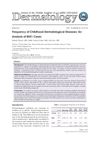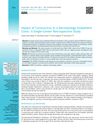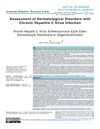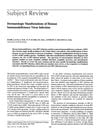Prevalence and Associated Factors of Skin Diseases in Aged Nursing Home Residents: A Multicentre Prevalence Study
September 2017
in “
BMJ Open
”
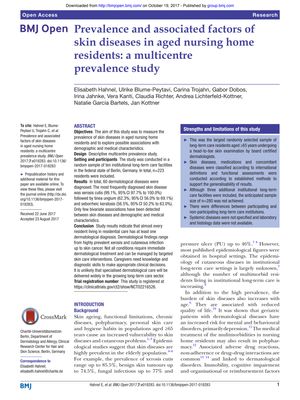
TLDR Nearly all elderly nursing home residents had a skin disease, with dry skin being the most common.
In 2017, a multicentre prevalence study involving 223 nursing home residents from ten long-term care facilities in Berlin, Germany, found that 99.1% of participants had at least one skin disease, with xerosis cutis being the most prevalent condition. The study identified 60 different skin diseases, with tinea ungium and seborrheic keratosis also being common. Male residents were more likely to have androgenetic alopecia, tinea pedis, and actinic keratosis, while a university education was linked to a lower occurrence of xerosis cutis. The Barthel Index and the number of medications were associated with certain skin diseases. The study suggested that while nearly all residents had a dermatological condition, not all required immediate treatment, and emphasized the importance of dermatological care in the elderly, proposing telemedicine and improved medical training as potential solutions. The study faced limitations such as potential selection bias and a low response rate of 27.5%, but the demographic data were comparable to the general German long-term care population. The research was supported by Galderma Pharma SA and the Clinical Research Center for Hair and Skin Science, with no commercial influence on the study's conduct or reporting.

